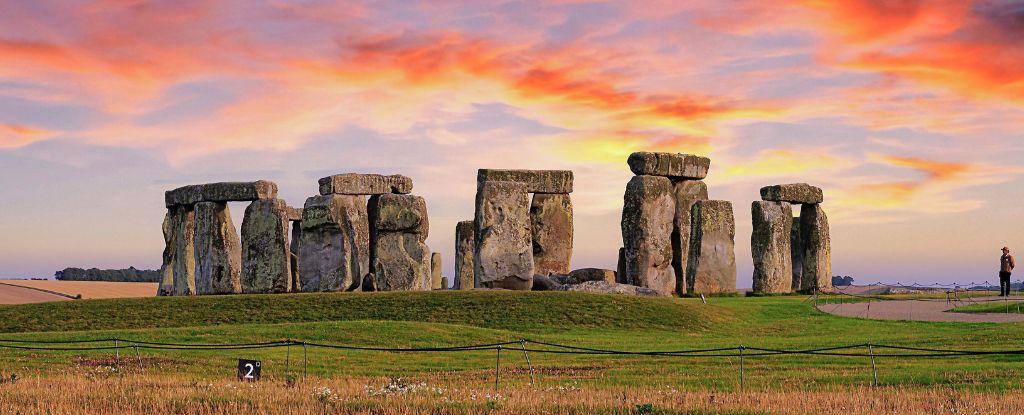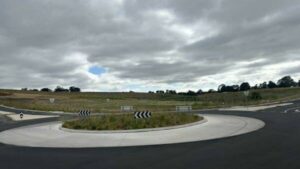
Emerging research indicates that humans, not glaciers, were responsible for transporting the massive bluestones to the inner ring of Stonehenge, challenging long-held assumptions about the origins of these iconic monoliths. The findings suggest that Stone Age people moved these stones over 200 kilometers (approximately 125 miles), showcasing remarkable engineering capabilities.
The bluestones, while not the largest at Stonehenge, weigh up to 3.5 tonnes (about 3.9 tons) each—roughly equivalent to the weight of two sedan cars. According to Richard E. Bevins, an archaeologist from Aberystwyth University, “The human effort involved in acquiring and moving these stones across such distances cannot be overstated.” He emphasized the level of planning and organization required during the Neolithic period.
The Newall Boulder, discovered in 1924 by British archaeologist William Hawley, sparked initial theories suggesting that glacial activity had transported the stones. His assistant, R.S. Newall, believed that the rocks were carried to their current location by ice. This hypothesis has persisted alongside the idea that humans undertook this monumental task.
However, recent studies led by Bevins and his team propose that the markings on the stones are not the result of glacial abrasion, but rather evidence of human craftsmanship combined with natural weathering. Their analysis indicates that fragments found at Stonehenge exhibit edge damage consistent with deliberate shaping rather than erosion. They suggest that the Newall Boulder likely broke off from Stone 32d, originating from a site in the Preseli Mountains in Wales, known as Craig Rhos-y-Felin. “The geochemical signature was a perfect match,” the researchers stated, leaving “no ambiguity about its origin.”
Yet, the hypothesis that glaciers played a role in moving the stones has its proponents. In a paper published in 2024, Brian Stephen John, an archaeologist at the University of Durham, argued that the simplest explanation for the bluestones’ presence at Stonehenge is their transport by ice from the west. He posited that the stones were later collected for use in the monument’s construction.
Despite these contrasting views, Bevins and his colleagues argue that the absence of spotted dolerite erratics—rocks similar to the bluestones—east of Narberth strengthens the case for human transport. They conclude that if glacial processes had been involved, more evidence should exist in the region.
The question of how these ancient people managed to move such heavy stones remains unanswered. Additional research published last year indicates that another stone at Stonehenge, known as Stone 80, was transported from a site in Scotland, covering an impressive distance of 750 kilometers. If the theory of human transport is validated, it highlights the ingenuity and collaborative spirit of early humans, who accomplished extraordinary feats with limited technology.
These significant findings were published in the Journal of Archaeological Science: Reports, contributing to an ongoing dialogue about the construction of one of the world’s most famous archaeological sites.






